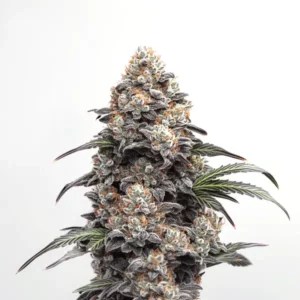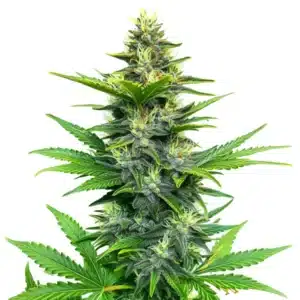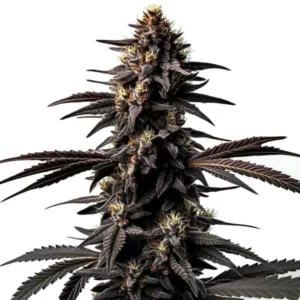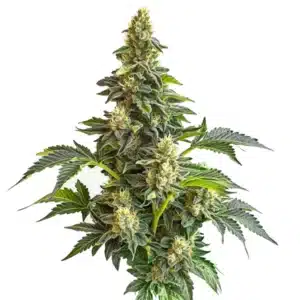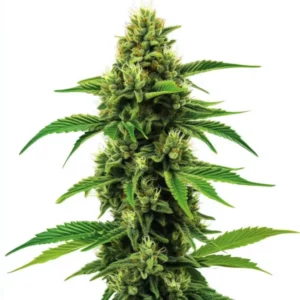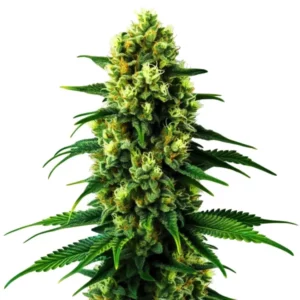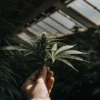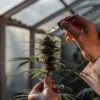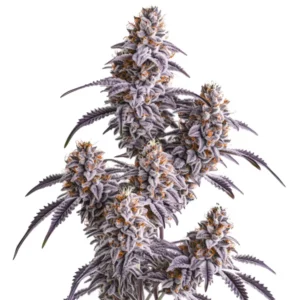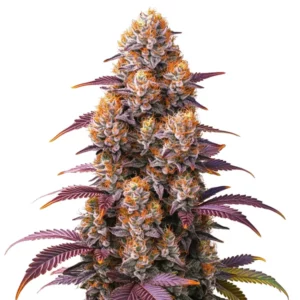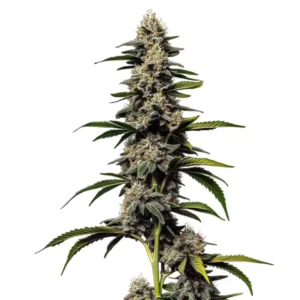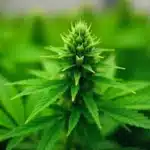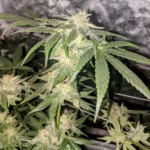
Difference Between Drunk and High
Difference Between Drunk and High
What Does It Mean to Be Drunk?
Being drunk occurs when alcohol enters the bloodstream and affects the central nervous system. Alcohol slows down brain activity, which leads to noticeable physical and mental changes. Common signs of being drunk include slurred speech, impaired motor skills, and a sense of relaxation or euphoria. The intensity of these effects depends on the amount of alcohol consumed, the individual’s tolerance, and other factors like body weight and food intake.
Alcohol primarily affects decision-making and judgment. This can lead to risk-taking behavior and poor coordination. The sense of inhibition often disappears, making social interactions more fluid but sometimes reckless. In comparing the Difference Between Drunk and High, alcohol’s effect on self-control is a critical distinction.
Recommended Strains
Alien GG
|
|
THC | 23% - 24% (Medium) |
|
|
Type | Feminized |
|
|
Yield | High |
|
|
Phenotype | 70% Indica / 30% Sativa |
Alien GG Regular
|
|
THC | 22% - 24% (Medium) |
|
|
Type | Regular |
|
|
Yield | High |
|
|
Phenotype | 70% Indica / 30% Sativa |
What Does It Mean to Be High?
Being high refers to the effects experienced after consuming cannabis. These effects depend on the strain, method of consumption, and individual tolerance. Most commonly, cannabis affects perception, mood, and sensory experiences. For instance, people often report feeling relaxed, euphoric, or introspective when high.
Cannabis’ impact on the brain’s cannabinoid receptors produces these effects, enhancing or distorting sensory perceptions. Unlike alcohol, cannabis may sharpen some senses, such as taste and sound, while impairing others, like short-term memory and focus. This altered state of mind plays a significant role in understanding the Difference Between Drunk and High.
Key Physical and Mental Effects of Being Drunk and High
When drunk, physical effects are primarily tied to a loss of coordination and control. The body feels sluggish, and reaction times slow significantly. Mentally, alcohol creates a foggy state, where logical thinking and memory can become impaired.
When high, physical effects vary more widely. Some strains of cannabis induce a heavy, couch-locked feeling, while others energize the body. Mentally, cannabis often heightens creativity and introspection, but excessive use can lead to paranoia or confusion. Comparing these effects helps clarify the Difference Between Drunk and High for those exploring both experiences.
Promos & Deals
Physical Effects of Drunk vs High
Coordination and Motor Skills
Alcohol severely impacts coordination and motor skills. Tasks requiring precision or quick reactions become almost impossible. For example, walking in a straight line or typing accurately becomes challenging for someone who is drunk. This is why drunk driving is so dangerous, as alcohol delays reaction times and distorts spatial awareness.
Cannabis affects coordination differently. While it can impair motor skills, the level of impairment is generally less severe than alcohol. Reaction times may slow, but users often retain a degree of control that’s absent in those who are drunk. This difference is critical for understanding the safety implications in the Difference Between Drunk and High.
Sensory Perception Changes
Alcohol dulls sensory perception. Taste, smell, and touch may feel less vivid. Vision often becomes blurry, and hearing may also be impaired. These dulled senses contribute to the feeling of disconnection from the environment.
Cannabis, on the other hand, often enhances sensory perception. Food may taste better, music sounds richer, and touch feels more sensitive. However, heightened senses can sometimes overwhelm users, particularly those new to cannabis. These contrasting sensory effects underline the nuanced Difference Between Drunk and High.
Effects on the Nervous System
Alcohol acts as a depressant, slowing down the nervous system. This leads to a decrease in heart rate and lowered inhibitions. In extreme cases, it can cause alcohol poisoning, which is a life-threatening condition.
Cannabis interacts with the endocannabinoid system, which regulates many bodily functions, including mood, appetite, and pain perception. While cannabis generally has a milder impact on the nervous system than alcohol, excessive use can still lead to heightened anxiety or panic attacks. Comparing their effects on the nervous system further illustrates the Difference Between Drunk and High.
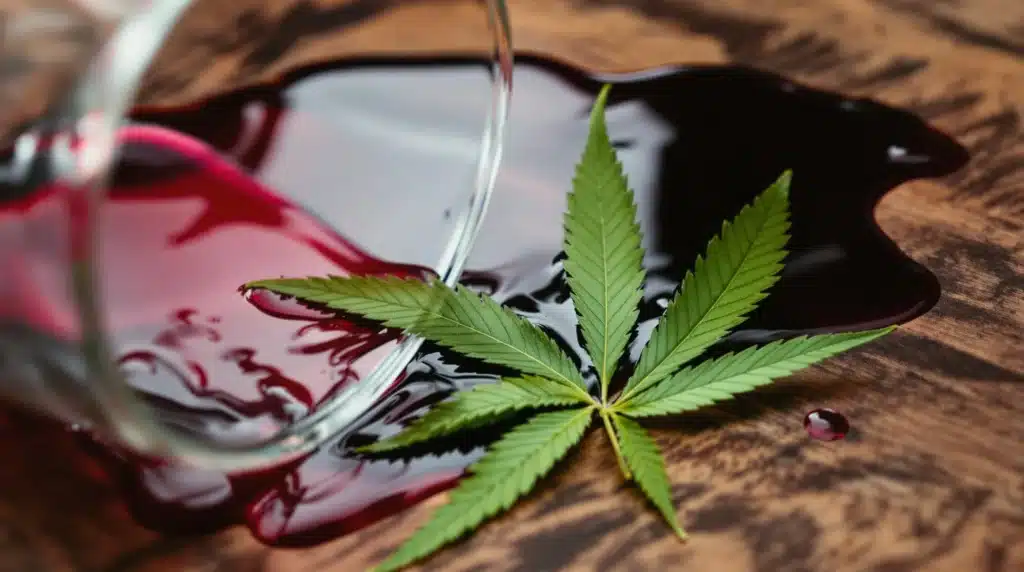
Mental and Emotional Impact
Mood Alterations
Alcohol often induces a temporary sense of euphoria or relaxation. However, as consumption increases, mood swings become more common. Some people may become aggressive or overly emotional, depending on their tolerance and environment.
Cannabis typically creates a more consistent sense of relaxation or happiness, although this varies by strain. Indica strains tend to calm users, while sativas may energize and uplift. Unlike alcohol, cannabis rarely triggers aggression, making it an important factor in evaluating the Difference Between Drunk and High.
Cognitive Function and Decision-Making
Alcohol significantly impairs cognitive functions, leading to poor decision-making and impulsive behavior. This is one of the primary reasons alcohol is associated with risky activities, from unsafe driving to unplanned confrontations.
Cannabis can also affect cognitive abilities, but in different ways. Users may find it harder to focus or retain short-term memories. However, cannabis is less likely to lead to reckless behavior, which is a major distinction in the Difference Between Drunk and High.
Long-Term Mental Health Effects
Long-term alcohol abuse can lead to severe mental health issues, including depression, anxiety, and memory problems. The neurotoxic effects of alcohol are well-documented, often resulting in permanent damage.
Cannabis’ long-term effects on mental health are still being studied, but excessive use may contribute to anxiety or dependency in some users. However, the risks are generally lower than those associated with alcohol. These long-term considerations are vital for anyone analyzing the Difference Between Drunk and High.
Social and Behavioral Differences
Communication Styles
Alcohol lowers inhibitions, which can make people more talkative and outgoing. However, slurred speech and a lack of coherence often accompany these interactions, reducing effective communication.
Cannabis affects communication differently. Users may become introspective and quieter, although some feel more open and expressive. This variation in social behavior is a key aspect of the Difference Between Drunk and High.
Risk-Taking and Impulsivity
Alcohol is well-known for its impact on risk-taking and impulsive behaviors. As inhibitions drop, individuals are more likely to engage in activities they might avoid while sober. This can include everything from overeating to making unwise financial or relationship decisions. The loss of self-control is a hallmark of being drunk and highlights a key point in the Difference Between Drunk and High.
Cannabis affects impulsivity differently. While it may reduce motivation temporarily, it’s less likely to lead to risky behaviors. Users may experience enhanced introspection, which can reduce the likelihood of impulsive decisions. This contrast is essential for understanding how alcohol and cannabis affect judgment and behavior.
Social Interactions Under the Influence
Drinking often fosters socialization due to alcohol’s ability to lower inhibitions. Many people use alcohol in social settings to feel more relaxed and outgoing. However, excessive drinking can lead to misunderstandings or conflicts, especially as judgment becomes impaired.
Cannabis tends to have a more variable impact on social interactions. Some users feel more open and engaged, while others become introspective or withdrawn. This difference in how each substance influences social behavior is a defining aspect of the Difference Between Drunk and High.
Health Risks and Safety
Immediate Risks of Alcohol vs Cannabis Use
Alcohol poses immediate risks such as alcohol poisoning, which can be fatal in severe cases. Impaired motor skills and slowed reaction times also make tasks like driving or operating machinery extremely dangerous. These risks are well-documented and make alcohol a high-risk substance when consumed irresponsibly.
Cannabis, while generally safer in terms of toxicity, has its own set of immediate risks. Excessive consumption can lead to paranoia, dizziness, or heightened anxiety, particularly for inexperienced users. The lower physical risk profile of cannabis compared to alcohol is a critical point in evaluating the Difference Between Drunk and High.
Long-Term Health Consequences
Chronic alcohol use is associated with liver disease, cardiovascular issues, and a range of mental health problems. The long-term damage caused by alcohol is severe and often irreversible, making it one of the most dangerous substances when abused.
Cannabis’ long-term health effects are less severe but still notable. Frequent use can lead to dependency and potential respiratory issues if smoked. However, these risks are generally lower than those associated with alcohol. The contrast in long-term health outcomes further underscores the Difference Between Drunk and High.
Safety When Driving or Operating Machinery
Driving under the influence of alcohol is one of the leading causes of accidents worldwide. Alcohol severely impairs judgment, reaction time, and coordination, making it extremely dangerous to operate any vehicle.
Cannabis also impairs driving ability but to a lesser extent. Users may experience slower reaction times and difficulty focusing, which still poses risks. However, the overall impairment from cannabis is typically less severe than that caused by alcohol. This distinction is vital for anyone exploring the Difference Between Drunk and High.
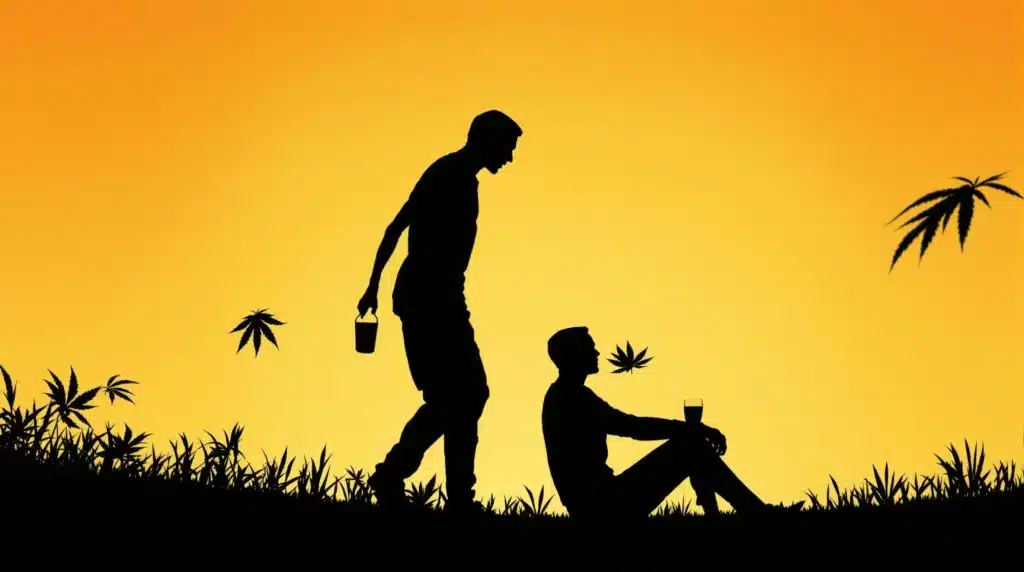
FAQs About the Difference Between Drunk and High
Can you overdose on alcohol or cannabis?
Yes, alcohol overdoses, often referred to as alcohol poisoning, can be fatal. This occurs when blood alcohol levels reach a toxic threshold. In contrast, cannabis overdoses are not fatal but can result in uncomfortable symptoms like anxiety, dizziness, or nausea.
Which is more socially acceptable: being drunk or high?
Social acceptance varies by region and culture. In many places, alcohol use is more normalized, especially in social settings. Cannabis, while gaining acceptance in some areas, still faces stigma in others. This cultural difference shapes perceptions of the Difference Between Drunk and High.
How do tolerance levels differ between alcohol and cannabis?
Tolerance to alcohol builds relatively quickly, requiring users to consume more to achieve the same effects. Cannabis tolerance also develops but at a slower rate. Additionally, taking tolerance breaks with cannabis is more effective in resetting sensitivity compared to alcohol.


